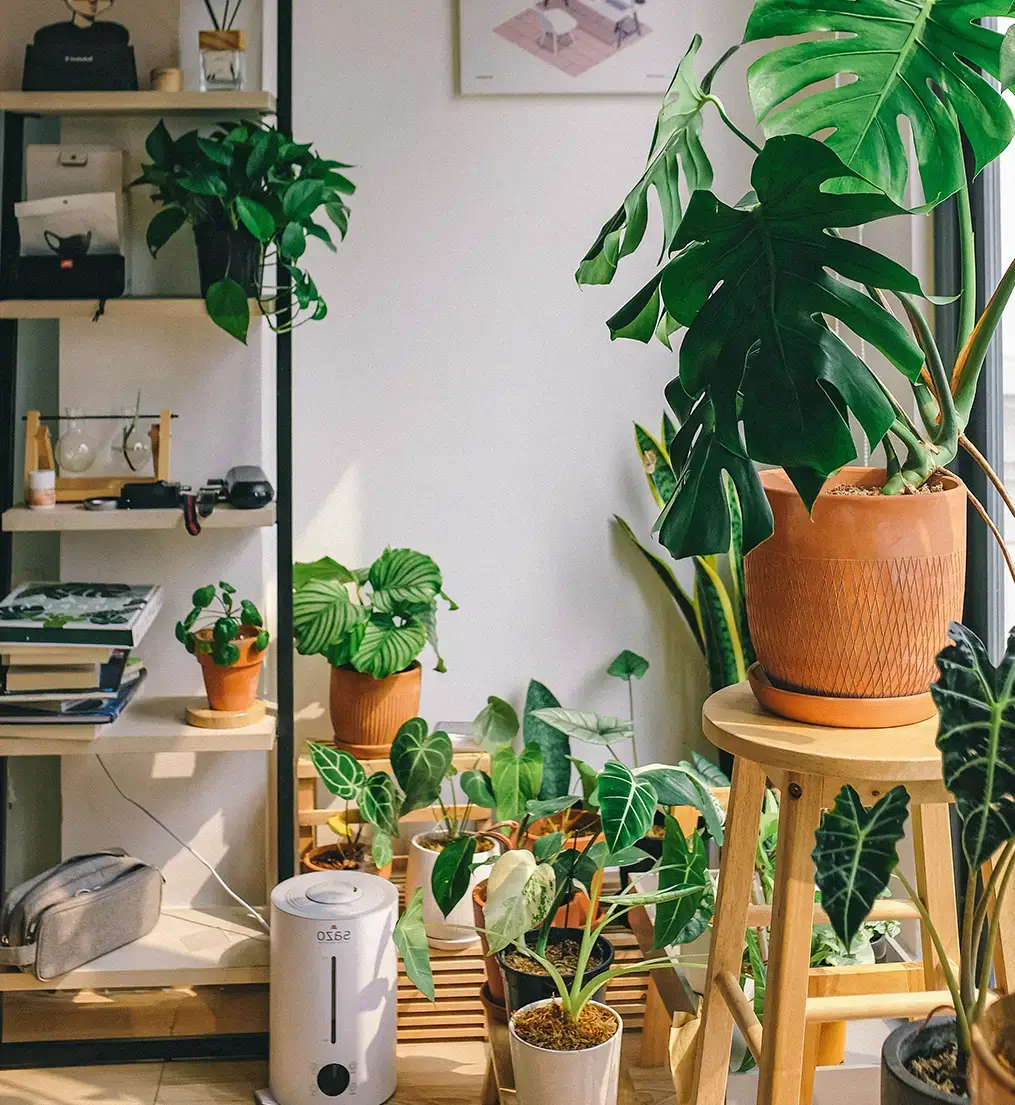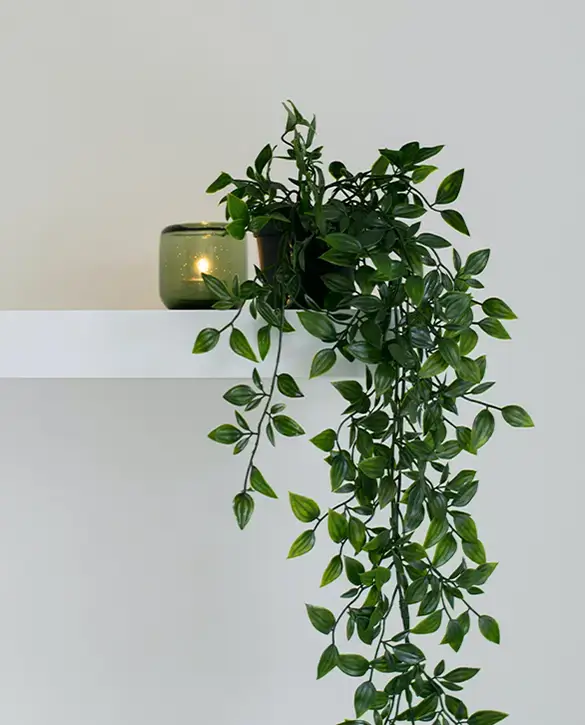Transform your website’s user experience with a stunning multi-column layout
Are you looking to elevate your WordPress website‘s aesthetic and functionality? Discover the beauty of a meticulously crafted multi-column layout designed to engage and inform your visitors.
Original design overview
This design showcases a striking multi-column structure divided into two sections. The left column features a compact image and vibrant plant graphics, drawing the eye, while the right column boasts a larger, captivating image adorned with greenery and informative text blocks. This intentional asymmetry creates a visually intriguing balance that keeps visitors’ attention.
Key features
Layout analysis
- Overall structure: The dual-column setup offers a sleek and modern presentation, perfect for conveying messages clearly.
- Arrangement: By placing distinct content within two columns, you provide a seamless reading experience.
- Asymmetry: Varied column widths and image heights break the monotony and create a dynamic visual flow.
Element descriptions
- Headers: Start with an inspiring section header, “Be transparent,” leading into the impactful title, “Creating value through convergence.”
- Text blocks: Multiple paragraphs beneath the headers deliver valuable information without overwhelming the reader.
- Images: A balance of visuals-smaller plants on the left complement the larger, vibrant scene on the right, reinforcing your theme.
- Interactive elements: Drive engagement with a prominent “Download company profile” call-to-action button.
- Typography: Bold headers catch attention while the body text maintains readability, ensuring your message stands out.
- Graphical elements: Decorative foliage elements enhance the overall aesthetic and coherence of your design.
Unique design aspects
- Visual themes: With plant imagery reinforcing growth and transparency themes, this layout embodies freshness and approachability.
- Hover effects: Unexpected animations on buttons enhance user interaction, making navigation feel intuitive.
- Responsive design: This layout seamlessly adjusts to various screen sizes, ensuring a consistent experience across devices.
- Accessibility: High contrast text and a clear button enhance usability, catering to all users.
Overall design style
- Minimalistic elegance: A contemporary style prioritises clarity, making your content easy to digest.
- Visual hierarchy: Eye-catching headers guide your audience through the layout, supported by engaging imagery.
- Effective use of white space: Generous spacing around elements nurtures a clean, uncluttered visual experience.
10 ways to organise content in WordPress
Categories and tags
Streamline your content through categories and tags, organising posts into broad groups and specific topics. This structure helps users easily navigate and find relevant posts, improving overall site navigation.
Custom post types
Use custom post types to tailor your content to fit the unique needs of your WordPress website. Whether it’s portfolios, testimonials, or products, diversifying post types provides flexibility and enhances the user experience.
Navigation menus
Design intuitive navigation menus to guide visitors through the site. Organise content into logical sections, ensuring ease of access and a seamless user journey.
Widgets
Utilise widgets for adding extra content such as contact info, social media links, and recent posts. Widgets enhance functionality and provide dynamic sections tailored to user interests.
Sidebars
Sidebars are important for displaying secondary content, such as advertisements or news feeds. Well-organised sidebars keep key information at your visitor’s fingertips without overwhelming the main content area.
Shortcodes
Shortcodes simplify embedding complex elements within posts and pages. Whether it’s a gallery or a special formatting need, shortcodes streamline adding various features with ease.
Media library
Organise images and videos systematically within the media library for easy retrieval and management. Grouping media with tags or folders helps streamline content creation and publication.
Internal linking
Improve your site’s SEO and navigation by strategically using internal links. Connect related content effectively, keeping visitors more engaged and on your site longer.
Page builders
Page builders like Elementor have revolutionised content organisation but consider exploring Elementor Alternatives for flexibility. These tools provide drag-and-drop functionality for customising layouts effortlessly.
Custom fields
Add unique data inputs through custom fields for better content personalisation. Tailor information presentation effectively to enhance user experience and interaction.
10 different types of content in WordPress
Blog posts
The backbone of many WordPress websites, blog posts allow for engaging storytelling or informational content that keeps your audience returning for more.
Pages
Unlike posts, pages are static – think ‘About Us’ or ‘Contact’ pages. These provide essential, timeless information typically accessed through your main navigation.
Portfolios
Portfolios showcase your work through curated galleries. They’re excellent for artists, photographers, and designers showcasing their projects and achievements.
Products
Essential for e-commerce, product content facilitates online shopping experiences. Each product includes detailed descriptions, images, pricing, and purchasing information.
Testimonials
Testimonials build credibility, displaying customer feedback and endorsements prominently, reinforcing trust and aiding in conversion.
Videos
Videos add an interactive dimension to your content, whether it’s tutorials, webinars, or promotional material. This multimedia approach increases engagement significantly.
Podcasts
Engage your audience with audio content through podcasts. Perfect for storytelling, interviews or discussions, they cater to users preferring auditory learning.
FAQs
FAQs address common questions clearly, improving user experience and minimising repetitive service queries. Sections should be easy to navigate and searchable.
Forms
Forms gather essential information from users, be it feedback, queries, or subscriptions. Inclusion of forms aids in seamless communication and data collection.
Infographics
Infographics present information visually, breaking down complex data into easily digestible formats. They enhance readability and retention through creative layouts.
Conclusion
Incorporating a sophisticated multi-column layout into your WordPress website design can significantly transform the user experience. By combining engaging typography and stunning imagery, this approach speaks volumes about modernity and effectiveness. Whether utilising free WordPress themes or exploring different WordPress website builder tools, embracing such a clean and contemporary style ensures a noticeable difference, captivating your audience while projecting a corporate-friendly image.





